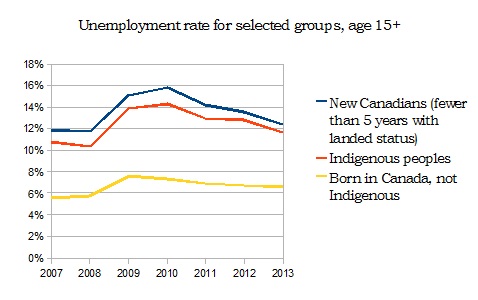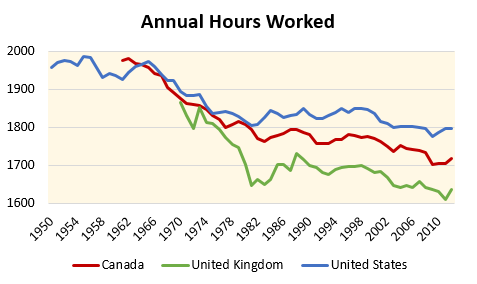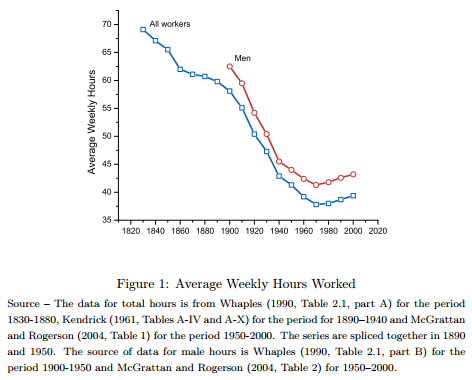The Bank of Canada has been in the news lately – or, more precisely, the news has been full of other well-placed people telling our central bankers what to do. In an interview on CTV this past weekend, Jim Flaherty made comments (later retracted) that Canada’s central bank will be pressured to raise interest rates sooner rather than later. On Tuesday, the influential, pro-business Conference Board of Canada also came out with some advice. A Globe and Mail editorial written its chief economist suggested, somewhat surprisingly, that the Bank should target a higher level of inflation, up to 4% from the current 2%.
Predictably, these pronouncements, especially Flaherty’s, spawned a chorus of criticism from conservative commentators. They lambasted the Minister of Finance for potentially undermining the central bank’s independence. Such attacks from the right were to be expected; however, even the NDP chimed in, calling the Minister’s comments “inappropriate”.
One reason for such universal criticism of any perceived meddling in central bank matters is that central banks are some of the most mythologized institutions of contemporary capitalism. They are often the subject of pious reverence on the part of media, politicians and economists. There is broad consensus that central banks should be independent and target low inflation (which, for many economies in the North has meant about 2%). This is why it was particularly odd to hear conservative voices question both of these assumptions: Flaherty, independence, and the Conference Board, low inflation.
In reality, however, both of these assumptions should be open to discussion and questioning. First, take the central bank’s independence. While we have many institutions that should be at arms-length from the government, these are largely bodies that hold government accountable and ensure that it is correctly carrying out its mandate – whether in terms of environmental protection, child welfare or accounting principles. The central bank is, however, not this kind of institution.


